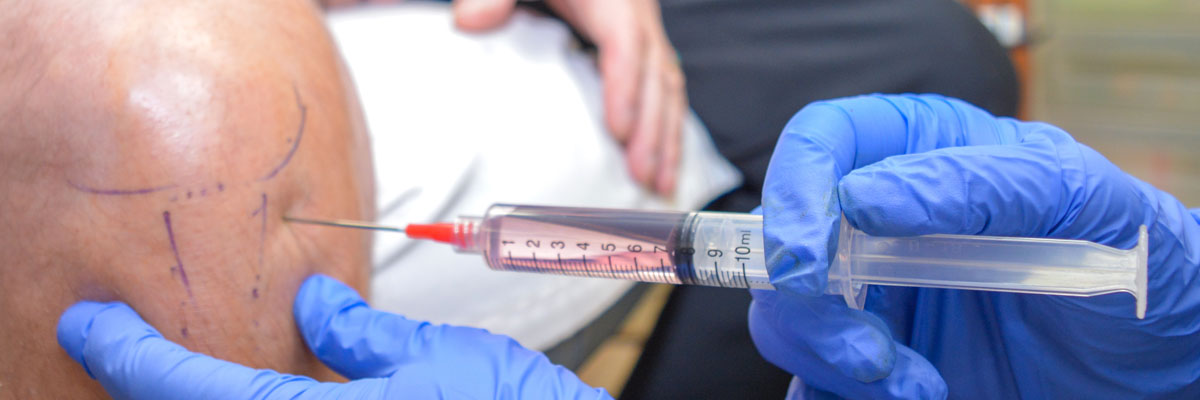What is regenerative medicine in orthopedics?
Regenerative medicine in orthopedics involves using innovative techniques and therapies to promote tissue repair, enhance healing, and restore function in bones, joints, ligaments, tendons, and cartilage. It harnesses the body's natural healing processes and employs approaches like stem cell therapy, growth factors, and tissue engineering to address orthopedic conditions.
What conditions can regenerative medicine treat in orthopedics?
Regenerative medicine can be used to treat various orthopedic conditions, including cartilage injuries, osteoarthritis, bone fractures, tendon and ligament injuries, spinal disc degeneration, and joint degeneration. It aims to promote tissue repair, reduce pain, improve function, and potentially delay or prevent the need for more invasive treatments like joint replacement surgery.
How does stem cell therapy work in orthopedics?
Stem cell therapy in orthopedics involves using stem cells, typically derived from the patient's bone marrow or adipose tissue (fat), to promote tissue regeneration and repair. Stem cells have the ability to differentiate into various cell types, including bone, cartilage, and tendon cells. When injected into the affected area, stem cells can stimulate the healing process, reduce inflammation, and promote tissue regeneration.
Is regenerative medicine a substitute for surgery?
Regenerative medicine techniques can sometimes serve as an alternative to surgery, particularly in the early stages of certain orthopedic conditions. They can help delay or prevent the need for surgery and provide pain relief and improved function. However, the suitability of regenerative medicine as a standalone treatment or as part of a comprehensive treatment plan depends on the specific condition, its severity, and individual patient factors. An orthopedic specialist can guide you on the most appropriate approach.
Are regenerative medicine treatments safe?
Regenerative medicine treatments have shown to be generally safe, especially when performed by trained and experienced healthcare professionals. Autologous stem cell therapy, which uses a patient's own cells, carries a lower risk of rejection or adverse reactions. However, as with any medical procedure, there are potential risks and considerations associated with regenerative medicine treatments.

